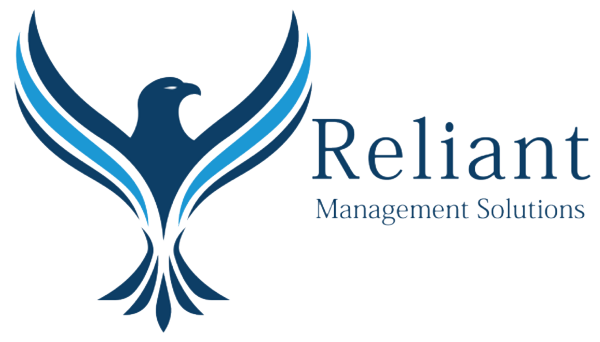Credit cards offer convenience and flexibility, but when not managed properly, they can become a source of financial stress. Mastering the art of credit card debt management is key to maintaining a healthy financial outlook. In this blog, we’ll delve into essential insights and strategies to empower you in effectively managing your credit card debt.
1. Understanding Your Debt:
To master credit card debt, start by understanding the details. Take a close look at your credit card statements, noting balances, interest rates, and due dates. This awareness forms the foundation for strategic debt management.
2. Create a Realistic Budget:
A well-thought-out budget is a powerful tool in credit card debt management. Identify your monthly income, essential expenses, and allocate a portion toward debt repayment. This ensures you have a clear plan for reducing your balances over time.
3. Pay More Than the Minimum:
While paying the minimum keeps your account in good standing, it’s often not enough to make significant progress. Aim to pay more than the minimum each month, focusing on high-interest debts first. This accelerates the reduction of overall interest payments.
4. Explore Balance Transfer Options:
Look into balance transfer offers with lower interest rates. Transferring high-interest balances to a card with a lower rate can provide temporary relief and help you pay down the principal amount faster.
5. Prioritize High-Interest Debts:
If you have multiple credit cards, prioritize paying off those with the highest interest rates first. This approach, known as the debt avalanche method, minimizes the overall interest you’ll pay over time.
6. Set Realistic Goals:
Establish achievable milestones for paying down your credit card debt. Whether it’s reducing a specific balance or consolidating certain cards, setting realistic goals helps you stay focused and motivated.
7. Emergency Fund:
Building an emergency fund acts as a safety net, reducing the likelihood of relying on credit cards for unexpected expenses. Having this financial cushion provides peace of mind and prevents the accumulation of new debt.
8. Review and Negotiate Interest Rates:
Regularly review your credit card terms and be aware of changes in interest rates. If you have a good payment history, don’t hesitate to negotiate with your card issuer for a lower rate. They may be willing to accommodate your request.
9. Financial Counseling:
Consider seeking advice from financial counselors or experts. They can provide personalized strategies, insights, and guidance to navigate your specific financial situation.
10. Continuous Learning:
Staying informed about personal finance, credit management, and debt reduction strategies is an ongoing process. Continuously educate yourself to make informed decisions and adapt your approach as needed.
Conclusion:
Mastering credit card debt is a journey that requires awareness, planning, and dedication. By understanding the intricacies of your debt, creating a realistic budget, and implementing strategic repayment strategies, you can take control of your financial future. Remember, effective credit card debt management is not just about paying off balances; it’s about cultivating a mindset of financial empowerment and building a foundation for long-term financial success.






Recent Comments